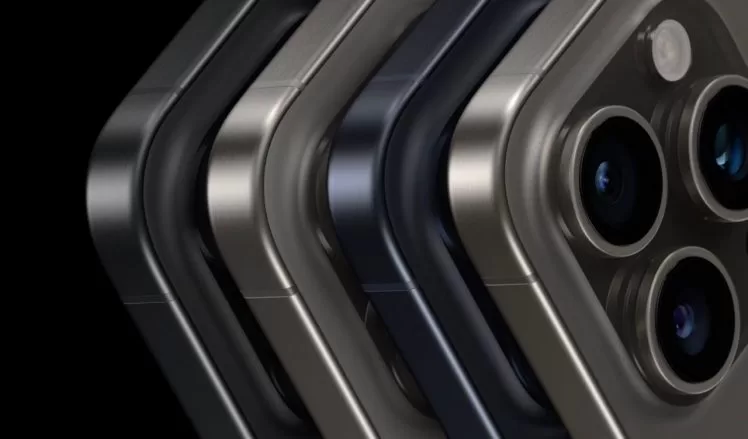Starting March 20, 2023, Twitter will no longer send SMS confirmation codes when logging in, except for Twitter Blue accounts. Here are the solutions to continue to authenticate to your account securely.
One day, a controversy. Since his arrival at Twitter in October 2022, Elon Musk has made many controversial decisions. The last date is February 17, 2023. He then announced that he would reserve two-factor authentication by SMS for subscribers of his paid Twitter Blue plan. This option, which had always been free, was one of the simplest solutions to protect your account. Elon Musk justifies himself by highlighting the exorbitant cost of sending millions of text messages every year, but should a tech company reserve a security feature for people who pay?
Either way, this controversial move is the perfect opportunity to bolster his account even further. SMS double authentication, although much better than a simple password, was not infallible (with a relay, a hacker could technically intercept the SMS). Even if it is difficult to approve of Elon Musk’s choice, this change could have a positive effect if it allows people to discover more reliable solutions.
An authenticator app is better than an SMS
Let’s be honest, the problem with Elon Musk’s decision is that the vast majority of those affected are likely to turn off SMS two-factor authentication. For lack of knowledge, and especially laziness, it is likely that many users will lower the security of their account because of the billionaire’s decision. Difficult, therefore, to rejoice.
On the other hand, if you are ready to strengthen your account, then it is time to discover authenticator apps. Their concept is simple: they are one-time code managers. All you have to do is link your application to the account you want to protect to have a 6-digit code each time you open your code manager. To summarize: the next time you log into Twitter, you will need to open your authenticator application, memorize the 6-digit code displayed and insert it into Twitter. It’s as simple as an SMS.
How do I set up an authenticator app?
Setting up an authenticator app can be scary, but it’s actually very simple. You must first choose one of them Google Authenticator, Microsoft Authenticator, authy, 1Password or, in some cases, directly in the settings of your device (Apple integrates a manager of codes in the settings of the iPhone). It’s up to you to choose the application of your choice and download it. Numerama has a weakness for Google Authenticatorvery simple and only dedicated to this use, and Apple’s solution, which does not require you to download anything.
Once you have chosen an application, go to the site of Twitterclick on Moreheading Settings and support Then Settings and privacy. Choose the option Security and account accesssub-option security and click on Two-factor authentication. You must then check the option Authenticator app.

A window will appear, click on To start up. You should see a QR Code appear on the screen that must be scanned in your application. Here, everything depends on the chosen software:
- With Google Authenticator, for example, click + at the bottom right and select the QR Code option. A scan is enough to add your Twitter account. To check that everything is working, enter the 6-digit code from the application on twitter.com.
- In iPhone settings, go to the “Passwords” menu, find Twitter in the list and click on “Set up a verification code”. The option “Scan a QR Code” appears and allows you to do as with Google. Advantage of this solution: no need to open an application each time you use an Apple device (iPhone, iPad, Mac…). The code will insert itself. With another device, you will have to go through the iPhone settings to find the 6-digit code (or ask Siri “what is my Twitter password”).

Each time you connect to twitter.com, once you have entered your username and password, you will need to enter the 6-digit code extracted from your authentication application. We strongly encourage you to do the same with all your accounts, to bring together Facebook, Instagram, Amazon, Google and all your important identifiers in one place, to no longer depend on SMS.
Passkeys, the alternative of the future
Finally, there is another solution to replace the code by SMS: passkeys. These password killers, wanted by Apple, Google and Microsoft, aim to replace codes with authentication with a device, such as a smartphone. Twitter already supports them, just scan the option Security key in the settings and scan a code.

Each time you connect to Twitter, you will no longer be asked for a code, but to scan a QR Code with your authenticated device (then put the code from your phone or use Face ID or Touch ID). This will allow you to connect directly, without having to insert anything.
Subscribe to Numerama on Google News so you don’t miss any info!

